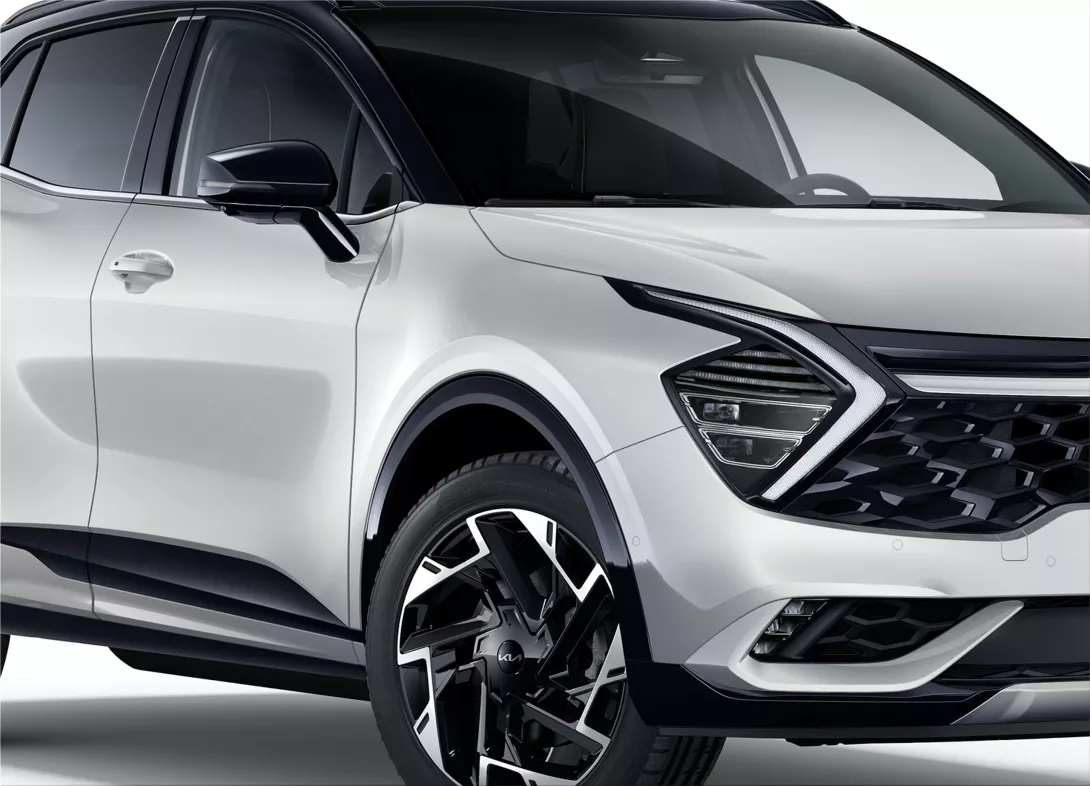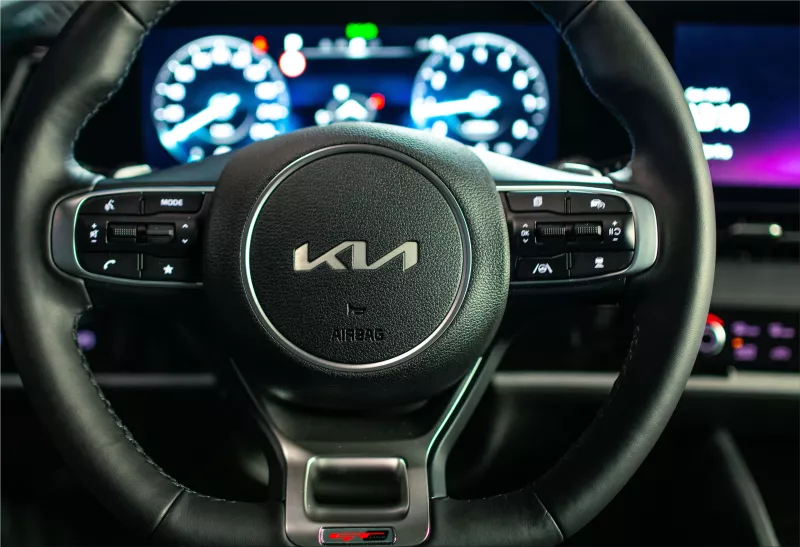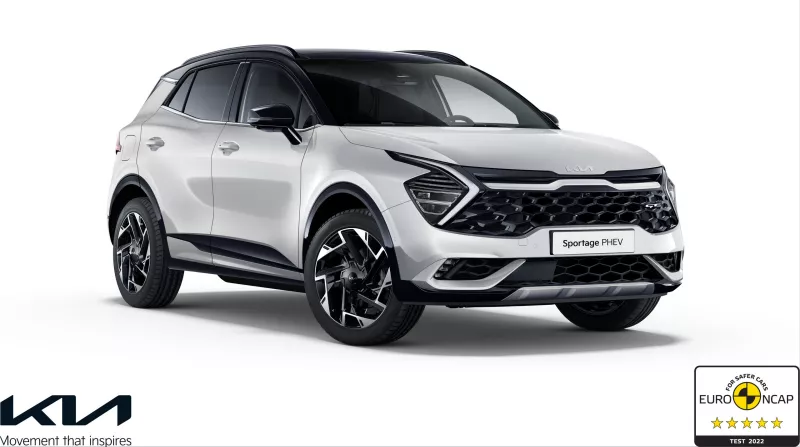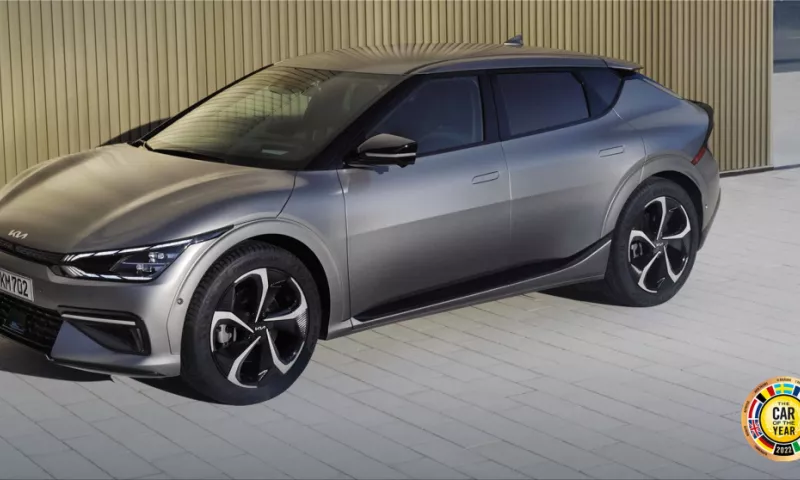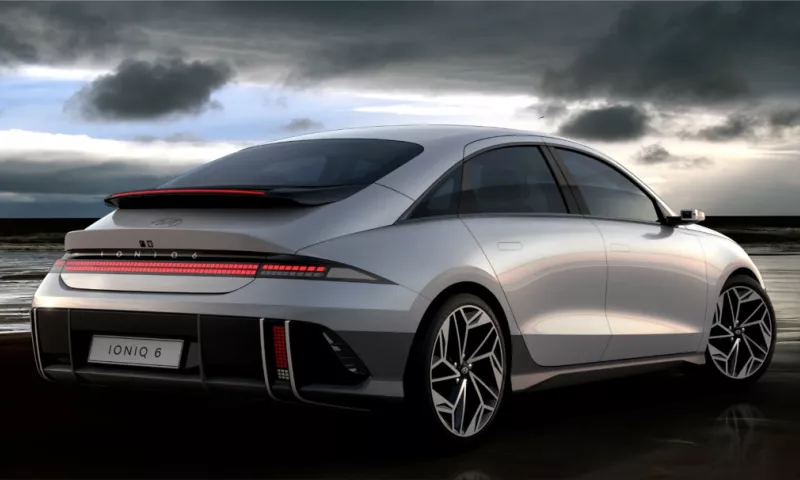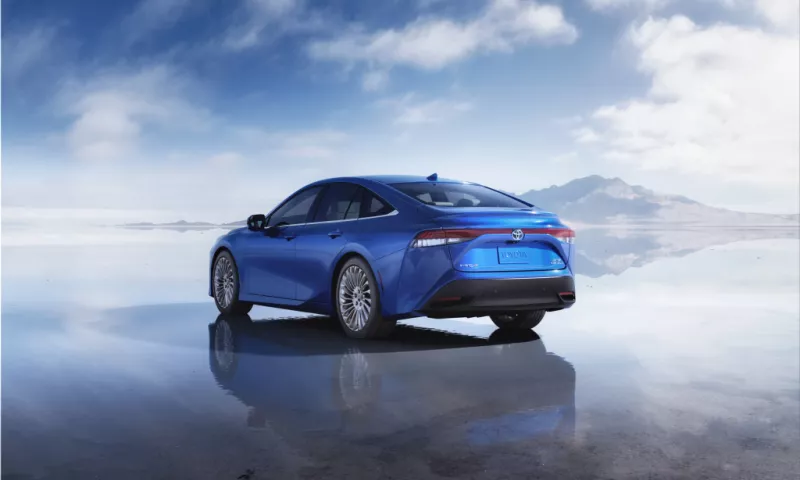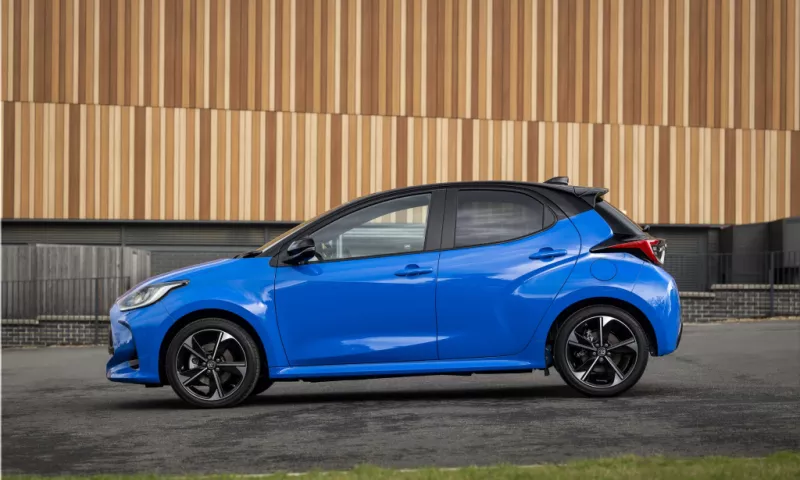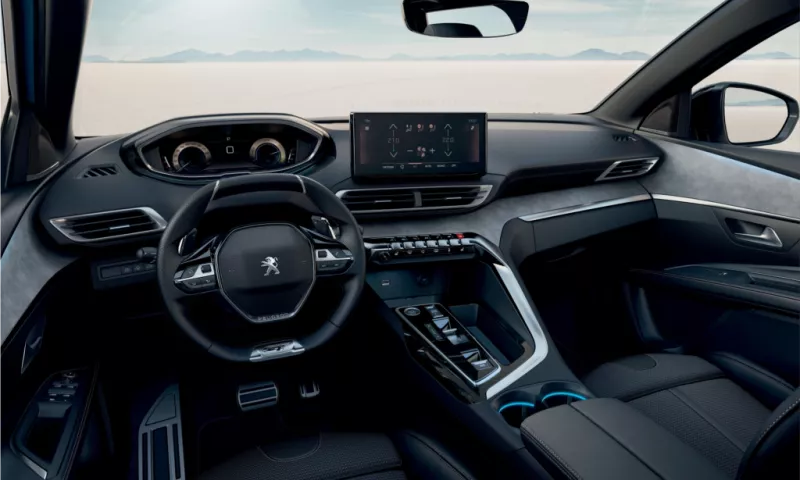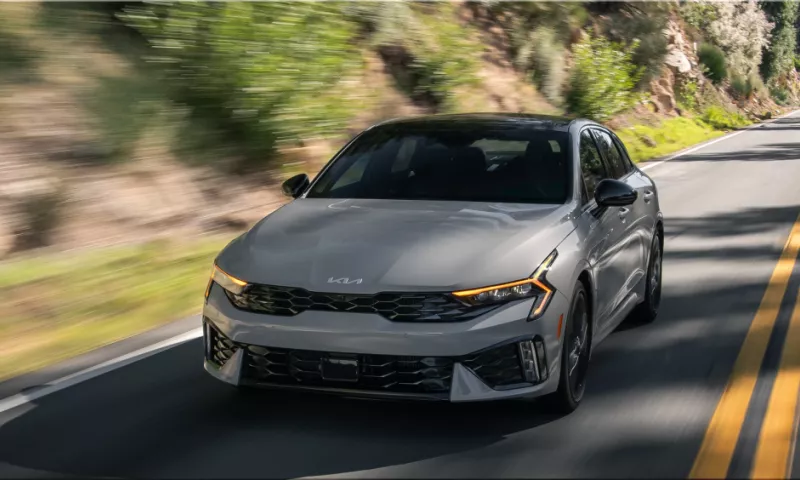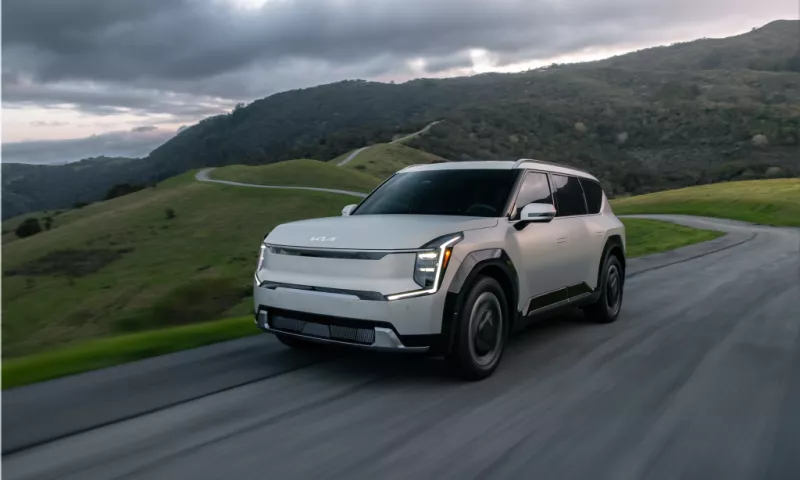Based on the brand's existing driver warning features, Kia researches and evaluates innovative warning systems in cars to alert drivers to potentially hazardous circumstances on the road using real-time data. The trial is part of the Safety Priority Services project of the Dutch government, which aims to improve road safety before the new EU laws go into effect in 2025.
Kia is looking into the prospect of warning drivers of impending vehicles in conjunction with companies like TomTom, ANWB, Inrix, and Be-Mobile. Because many motorists feel unsafe when they hear an emergency vehicle's siren, the new warning system will identify the vehicle's type and the direction from which it is approaching. Ambulances are the first emergency vehicles to be supported by the new capability.
Kia is considering the feasibility of creating signs that might alert drivers to other risks in the real world, such as those posed by the unexpected and possibly harmful. For instance, drivers could be informed of impending dangers such as "ghost drivers," restricted lanes, and long lines. The Kia infotainment system would include notifications for possible roadblocks, roadwork, accidents, and bad weather.
Kia will try to incorporate these additional warnings into the cars' existing infotainment system to avoid unnecessarily disturbing the driver's attention by using auditory, visual, and haptic alerts that sharpen awareness. However, the exact criteria will be agreed upon in advance with the Dutch government. Drivers will be able to keep their hands on the wheel at all times, thanks to the hands-free nature of the warnings. Throughout the trial period, Kia will offer comments on the quality of the NDW data to facilitate any necessary adjustments.
"We are continually searching for possibilities to improve car safety for our customers and other road users," says Sjoerd Knipping, Vice President of Product and Marketing at Kia Europe. We are excited to be a member of the Safety Priority Services project, which aims to improve road safety throughout Europe by creating a new generation of advanced warning technologies.
According to the Dutch Minister of Infrastructure and Water Supply, Mark Harbers, "98 percent of motorists currently use digital information while driving." In addition, studies and experiments have shown that drivers' caution improves their safety on the road. When people, including drivers of automobiles and trucks, say they value and trust these warnings, I take that as a sign that this is a positive development. That's why we're kicking off this partnership with six groups that need to provide drivers safe and reliable access to relevant data.
The Safety Priority Services initiative will go on for another three years. This is because a new commitment to sharing data about warnings will be written into European laws by 2025.
Kia places a premium on road safety, and the results of the Euro NCAP safety tests bear that out.
Recently, Europe's premier independent testing agency, Euro NCAP, awarded the brand new Kia Sportage a perfect score of five stars. Because the Sportage has better active and passive safety features, it has always done well in tests.
The Kia Sportage was evaluated across four dimensions of safety: adult passenger safety, kid passenger safety, active safety features, and vulnerable road user safety. The Kia Sportage received an exceptional 87 percent score for adult passenger safety, with Euro NCAP praising the passenger cabin's stability in the frontal impact test in particular; also, Kia Stinger is not far behind. Regardless of size or seating preference, the driver and front passenger are said to have significant knee and thigh protection. The Kia Sportage scored an 86% in a child safety seat crash test, with low impact to all essential body areas for test dolls simulating children aged 6 and 10.
The camera-based Intelligent Speed Limit Assist and lane departure warning systems in the Kia Sportage were singled out by Euro NCAP as particularly useful in the vehicle's high score for safety support systems (72 percent). Participants said that the car's automatic emergency braking (AEB) system was a big reason it got a 66% score for protecting vulnerable road users.
The new N3 platform, on which this model is based, features construction with several load directions that regulate how energy is absorbed by the car in the case of a collision, thereby reducing the force sent to the passenger compartment. To improve passenger safety, even more, a new body has been added that is light, strong, and has a high level of torsional rigidity.

